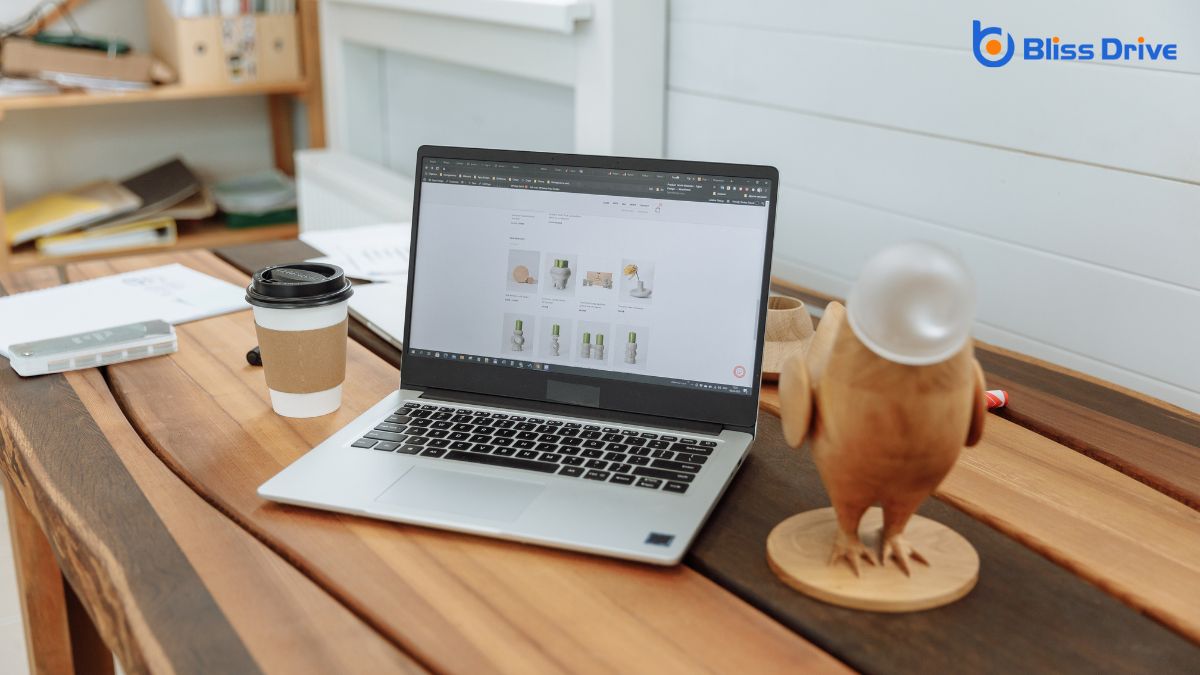Digital Marketing Services
Learn More About Us

You're likely aware that internal linkingLinks that connect different pages on the same website. is an essential part of boosting your website's SEO visibility. By strategically linking your pages, you can guide visitors and search engines through your site seamlessly. But how exactly can you make the most of these links to enhance your site's performance? Discover the best practices and tools that can transform your internal linking strategy, ensuring your website stands out in search results.

When you're diving into the world of SEO, understanding the basics of internal linking is crucial for maximizing your site's visibility. Internal links connect different pages within your website, guiding visitors and search engines alike. They help establish a hierarchy, allowing search engines to crawl and index your content more efficiently.
By using relevant anchor text, you provide context that both users and search engines appreciate. You'll want to make certain your links are logical and natural, enhancing the user experience.
Think of internal links as pathways that direct traffic to key pages. As you build your strategy, focus on linking to cornerstone content, those important pages that offerThe specific product or service being promoted by affiliates. valuable insights.
Internal links do more than just connect pages; they play a significant role in boosting your SEO performance. When you strategically link related content within your site, you help search engines understand the hierarchy and context of your content. This, in turn, enhances your site's crawlability, helping search engines index your pages more effectively.
Moreover, internal links distribute page authority across your site. By guiding users to relevant content, you keep them engaged longer, reducing bounce rates and signaling to search engines that your content is valuable.
These links also boost the visibility of less popular pages, providing them with a chance to rank higher. So, by thoughtfully implementing internal links, you reinforce your site's structure and improve its overall SEO health.
To effectively harness the power of internal links, focus on creating a seamless and logical network throughout your site.
Start by ensuring each link naturally fits within the context of your content. Use descriptive anchor text that clearly indicates what users will find when they click. This not only aids navigation but also helps search engines understand your content's relevance.
Prioritize linking to high-value pages, such as those with significant traffic or conversions, to distribute link equity effectively.
Regularly audit your links to avoid broken links, which can frustrate users and harm SEO.
Finally, keep your user experience in mind; too many links can overwhelm visitors and dilute their impact.
To boost your site's SEO, focus on choosing anchor text that naturally fits within your content and clearly indicates the linked page's topic.
Structuring your content hierarchy properly guarantees that important pages receive the attention they deserve while guiding visitors through your site seamlessly.
Using the right tools can streamline these tasks and help you maintain a well-organized internal linking strategy.
When crafting your internal linking strategy, choosing the right anchor text can greatly influence your site's SEO performance. You want to guarantee that the anchor text is relevant to the linked page's content. This helps search engines understand the context and improves your site's relevance for certain keywordsWords or phrases that users type into search engines to find information..
Avoid generic phrases like "click here" or "read more"; instead, use descriptive, keyword-rich text to provide clarity and context to both users and search engines. Keep it natural—don't over-optimize by stuffing keywords.
Think about what'll make sense to your readers and maintain a consistent tone throughout your site. By thoughtfully selecting anchor text, you'll enhance the user experience while boosting your site's visibility in search results.
After selecting the perfect anchor text, organizing your site's content hierarchy becomes a powerful tool for effective internal linking. A well-structured hierarchy helps search engines and users navigate your site with ease.
Start by categorizing content into main topics and subtopics, creating a clear path from general to specific information. Use a pyramid structure: broad themes at the top and detailed content at the base.
Ensure each page links logically to others, forming a web of connections that boost SEO. Tools like content management systems (CMS) can simplify this process, helping you visualize and adjust your site's structure.
Regularly audit your hierarchy to maintain relevance and coherence. By refining your content hierarchy, you enhance user experience and improve search engine rankingsThe position at which a website appears in the SERP..
When you're working on internal linking, it's easy to fall into the trap of overusing the same anchor text, which can make your links look unnatural and harm your SEO.
You should also pay attention to link hierarchy, as ignoring it can confuse search engines and make it harder for users to navigate your site.
A common mistake in internal linking is the overuse of anchor text, which can harm your site's SEO rather than help it. When every link uses the same generic anchor text, search engines might view it as spammy, devaluing your site's credibility.
Keep your anchor text diverse and relevant to improve SEO effectiveness. Here are some tips:
Neglecting the hierarchy of your internal links can severely impact your site's SEO. When you don't prioritize which pages should be most accessible, search engines struggle to understand your site's structure.
Think of your website like a pyramid, with the most important content at the top. If every page holds equal weight, you dilute your site's authority and confuse users.
To fix this, start by identifying your key pages. These should be prominently linked from your homepage and other important areas.
Use a logical structure where each page naturally leads to the next, forming a clear path for both visitors and search engines. By respecting link hierarchy, you enhance user experience and increase the likelihood of better search rankings.

How do you know if your internal linking strategy is truly paying off? You need to measure its success by analyzing specific metrics that reveal how well your links are performing.
These metrics help you understand the impact of your efforts on SEO visibility and user engagementThe level of interaction and involvement users have with social media content.. Here are some key indicators to monitor:
You should aim for a natural flow, not a specific number. Focus on user experience and relevance. Generally, 2-5 internal links per 500 words work well. Make certain each link provides value, guiding users to related, useful content.
Internal links enhance mobile SEOOptimization techniques to ensure a website performs well on mobile devices. by improving navigation and user experience. They help search engines understand your site's structure, guaranteeing key pages are indexed. Guarantee links are easily clickable and not too close together on mobile screens.
You can boost user engagement with internal linking by guiding visitors to related content, keeping them on your site longer. It creates a seamless navigation experience, encouraging exploration and interaction, ultimately enhancing their overall experience.
Yes, there are specific plugins for internal linking on WordPress. You can use tools like Yoast SEO, Link Whisper, and Rank Math. They help you automatically suggest and manage internal links, enhancing your site's SEO and user experience.
You should update your internal links regularly, ideally every few months. This keeps your content fresh and guarantees your audience finds the most relevant information. Don't forget to check for any broken links during this process.
By focusing on strategic internal linking, you can greatly boost your site's SEO performance. Use descriptive anchor text to guide users and search engines, linking to cornerstone content to improve site hierarchy and user engagement. Regular audits are vital to guarantee your links remain relevant and functional. By avoiding common mistakes and measuring your strategy's success, you'll keep users engaged longer, reduce bounce rates, and enhance your site's overall visibility and authority.
